El Niño - a climate phenomenon associated with high temperatures - appears in the context of a fragile world economy due to Covid-19 and war in Ukraine.
On June 8, scientists at the Climate Prediction Center of the US National Oceanic and Atmospheric Administration (NOAA) confirmed that El Niño has begun in the Pacific Ocean . El Niño is a natural climate phenomenon often associated with high temperatures around the globe, causing drought in some areas and heavy rain in others.
Analysts say this could create chaos, especially in fast-growing emerging economies. Power shortages and blackouts are becoming more common. Extreme heat is causing health problems. Drought increases the risk of wildfires. Crops have failed, streets have flooded and homes have been destroyed.
Previous El Niños have had a marked impact on global inflation, with non-energy commodity prices rising by an average of 3.9% and oil by 3.5%, according to Bloomberg Economics models. GDP growth has also been dragged down, particularly in countries like Brazil, Australia and India.
The world is now facing the most expensive El Niño cycle since meteorologists began keeping track. It has also begun to raise the risk of stagflation—high inflation coupled with slow growth. India’s central bank says it is closely monitoring the climate phenomenon. Peru announced in March that it plans to spend more than $1 billion to combat climate and weather problems this year.
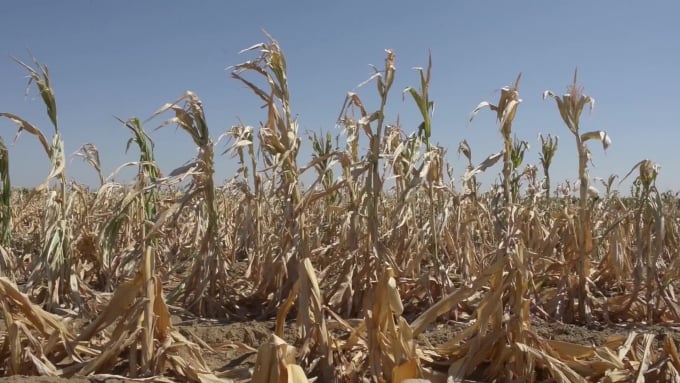
Drought-ridden corn fields in Lichtenburg (South Africa) in 2015. Photo: Bloomberg
“When the world is facing the risk of high inflation and recession, El Niño has come at the wrong time,” said Bhargavi Sakthivel, an economist at Bloomberg Economics. Policy intervention can moderate demand, but El Niños mainly affect supply. “There’s not much central banks can do about it,” Sakthivel warned.
In Chile, for example, El Niño brought heavy rains that hampered access to mines that supply nearly 30% of the world’s copper. Reduced production and shipping delays will impact prices for the metal, which is widely used in products such as computer chips, cars and appliances.
Another example is China, where high temperatures are killing livestock and straining the power grid. Last summer’s drought forced Chinese authorities to shut down power to many factories for nearly two weeks, disrupting the supply of giants like Apple and Tesla. This summer, China is forecasting even more power shortages.
Even the price of a cup of coffee could rise if Brazil, Vietnam, or other major suppliers are affected by El Niño. “When this happens in the context of a long-term warming trend, the challenge is doubled,” said Katharine Hayhoe, a scientist at the environmental organization The Nature Conservancy.
The effects on the global economy will last for years. In 2019, economists at the Dallas Fed warned that the damage from El Niño cycles “could have a lasting negative impact on GDP growth, possibly even altering the GDP trajectory altogether.”
Climate researchers have also found economic impacts. Last month, scientists at Dartmouth College estimated that the 1997-98 El Niño cycle cost the world $5.7 trillion in lost global GDP over the next five years.
Their model predicts that by the end of the century, El Niño will cause $84 trillion in damage. The authors also say that on average, each El Niño cycle costs the global economy $3.4 trillion.
The risk is most acute in tropical and southern hemisphere countries. Bloomberg models show El Niños could shave 0.5% off annual GDP growth in India and Argentina. Peru, Australia and the Philippines could lose about 0.3%.
Higher prices will exacerbate these impacts. As far back as 2000, the International Monetary Fund (IMF) warned that El Niño added 4 percentage points to commodity inflation. That’s before taking into account the current impact of climate change.
Rising temperatures will amplify the effects of this climate phenomenon. “El Niño will bring more heat, more drought and more severe wildfires,” predicts Friederike Otto, a lecturer at the Grantham Institute for Climate Change and the Environment.
This year, Asia has seen record-breaking weather, and the US Weather Prediction Center is now warning that conditions will worsen in the coming months.
As temperatures rise, so do power systems around the world, driving up demand for fuels, including coal and gas. “Increased weather variability increases the risk of energy insecurity, particularly blackouts due to fuel shortages,” said Saul Kavonic, head of energy and resources research at Credit Suisse.
A recent warning from North American Electric Reliability (NERC) – the agency that monitors the stability of the North American power grid – said that much of the United States is facing an increased risk of power outages this summer, due to widespread heat.
The rapid shift to renewable energy in many countries also increases the risk of blackouts. Solar farms cannot operate when demand peaks on summer evenings. Drought also hampers hydropower.
El Niño also threatens food security. While some growing regions benefit from increased rainfall, such as avocado and almond growing regions in California, many other staples, such as palm oil, sugar, wheat, cocoa and rice, are grown in less favorable locations.
Charanjit Singh Gill, 67, a rice farmer in Punjab, began to think about what he would do if there was insufficient rain for his 14 hectares of land. “There was no other way but to spend more money on diesel pumps to pump water,” he said. During the 2015-2016 El Niño cycle, Gill’s production costs increased by 35%.
Ha Thu (according to Bloomberg, AP)
Source link






![[Photo] Parade to celebrate the 50th anniversary of Laos' National Day](/_next/image?url=https%3A%2F%2Fvphoto.vietnam.vn%2Fthumb%2F1200x675%2Fvietnam%2Fresource%2FIMAGE%2F2025%2F12%2F02%2F1764691918289_ndo_br_0-jpg.webp&w=3840&q=75)

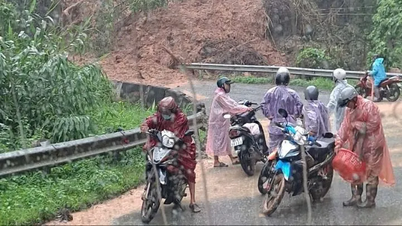

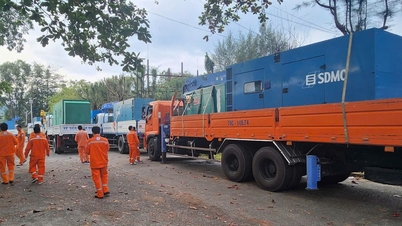
















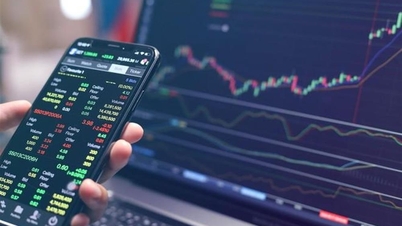











![[Photo] Worshiping the Tuyet Son statue - a nearly 400-year-old treasure at Keo Pagoda](/_next/image?url=https%3A%2F%2Fvphoto.vietnam.vn%2Fthumb%2F1200x675%2Fvietnam%2Fresource%2FIMAGE%2F2025%2F12%2F02%2F1764679323086_ndo_br_tempimageomw0hi-4884-jpg.webp&w=3840&q=75)


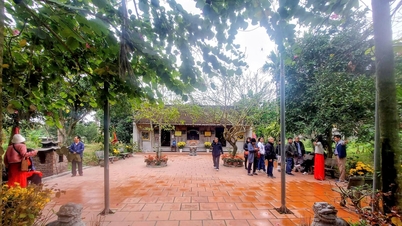






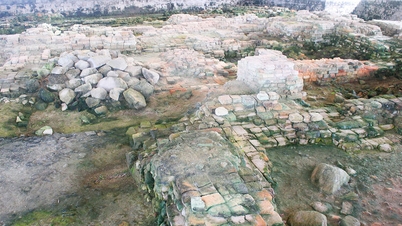













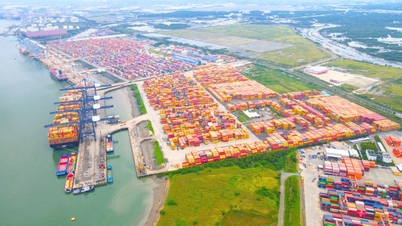















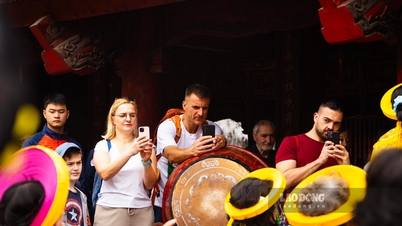


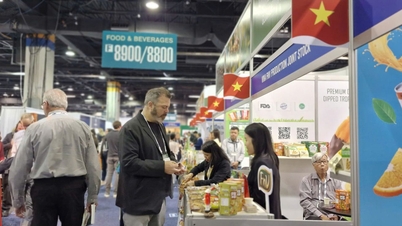

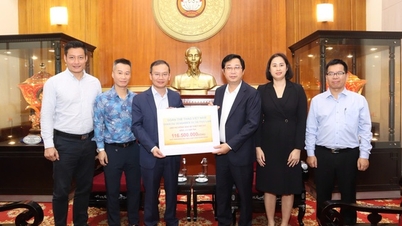

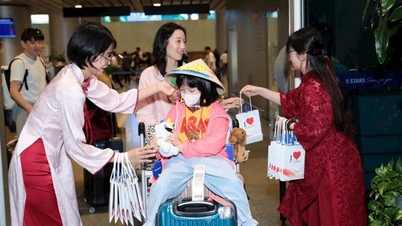







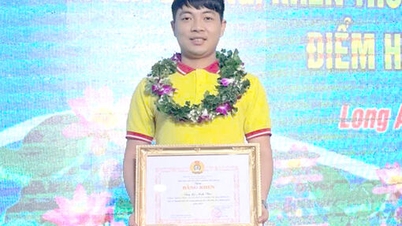

















Comment (0)